Arnold, Michael L. 2008. Reticulate Evolution and Humans: Origins and Ecology. Oxford University Press.
Boelens, Bo; Watkins, Michael; and Grayson, Michael. 2009. The Eponym Dictionary of Mammals. Johns Hopkins University.
Boudet, Ch. 10 January 2009. "Subspecies Sheet: Letaba Genet, Central African Large-spotted Genet." Mammals' Planet: Vs n°4, 04/2010. Retrieved June 10, 2014.
- Available at: http://www.planet-mammiferes.org/drupal/en/node/39?indice=Genetta+maculata+letabae
Cassell's Universal Portrait Gallery: A Collection of Portraits of Celebrities, English and Foreign. With Facsimile Autographs. 1895. London, Paris & Melbourne: Cassell and Company, Limited.
- Available via Internet Archive at: https://archive.org/details/cassellsuniversa00londiala
Coetzee, C.G. 22 August 1977. “Order Carnivora.” Pp. 1-42 in 1971-1977. The Mammals of Africa: An Identification Manual. Part 8 edited by J. Meester and H.W. Setzer. Washington, D.C.: Smithsonian Institution Press.
Corson, Docteur P.-J. October 2005. Les grands prédateurs d’Afrique: biologie, éthnologie et chasse. Brussels, Belgium: Éditions du Gerfaut.
Crawford-Cabral, J. 1981. “A New Classification of the Genets.” African Small Mammal Newsletter 6:8-10.
Crawford-Cabral, João. 1980. "The Classification of the Genets (Carnivora, Viverridae, genus Genetta)." Boletim da Sociedade Portuguesa de Ciências Naturais 20:97-114.
Driver, Stephanie (ed.). 2008. Exploring Mammals, Volume 3. Tarrytown, NY: Marshall Cavendish Corporation.
Duff, Andrew; and Lawson, Ann. 2004. Mammals of the World: A Checklist. Yale University Press.
Ewer, R.F. 1998. The Carnivores. Cornell University Press: Cornell Paperbacks.
Gaubert, Philippe; and Dufour, Sylvain. July 2013. “First Report of a Chinchilla Phenotype in Viverridae (Carnivora).” Small Carnivore Conservation 48:92-95. Retrieved June 10, 2014.
- Available at: http://www.smallcarnivoreconservation.org/home/wp-content/uploads/2013/08/SCC-48-11-Gaubert-Dufour.pdf
Gaubert, P.; Chalubert, A.; and Dubus, G. 2008. “An Interactive Identification Key for Genets and Oyans (Carnivora, Viverridae, Genettinae, Genetta spp. and Poiana spp.) Using Xper2.” Zootaxa 1717:39-50.
Gaubert, P.; Fernandes, C. A.; Bruford, M. W.; and Veron, G. 2004. "Genets (Carnivora, Viverridae) in Africa: An Evolutionary Synthesis Based on Cytochrome b Sequences and Morphological Characters." Biological Journal of the Linnean Society 81:589-610.
Gaubert, P.; Papeş, M.; Peterson, A.T. June 2006. "Natural History Collections and the Conservation of Poorly Known Taxa: Ecological Niche Modeling in Central African Rainforest Genets (Genetta spp.)." Biological Conservation 130(1):106–117.
Gaubert, P.; Taylor, P.J.; and Veron, G. 2005. “Integrative Taxonomy and Phylogenetic Systematics of the Genets (Carnivora, Viverridae, Genetta): A New Classification of the Most Speciose Carnivoran Genus in Africa.” Pp. 371-384 in African Biodiversity: Molecules, Organisms, Ecosystems edited by Bernard A. Huber, Bradley J. Sinclair, and Karl-Heinz Lampe. NY: Springer Science + Business Media, Inc.
Gaubert, Philippe; Weltz, Marjorie; and Chalubert, Antoine. 14 January 2008. “Genetta letabae." Genets and Oyans. Paris: Université Pierre et Marie Curie. Retrieved June 10, 2014.
- Available at: http://lis-upmc.snv.jussieu.fr/genettes/web/fiches_en/taxa/genetta_letabae_.html
"Genet." AWF: What We Do > Wildlife Conservation > Genet. African Wildlife Foundation. Retrieved June 10, 2014.
- Available at: http://www.awf.org/wildlife-conservation/genet
"Genetta maculata letabae." ZipcodeZoo: Species Identifier 2601035. Retrieved June 10, 2014.
- Available at: http://zipcodezoo.com/Animals/G/Genetta_maculata_letabae/
Gervais, Paul. 1855. Histoire naturelle des Mammifères: Carnivores, Proboscidiens, Jumentés, Bisulques, Édentés, Marsupiaux, Monotrèmes, Phoques, Sirénides et Cétacés. Paris: L. Curmer.
Gittleman, John L.; Funk, Stephan M.; Macdonald, David; and Wayne, Robert K. (eds.). 2001. Carnivore Conservation. Cambridge University Press: Conservation Biology 5.
Hayssen, Virginia; Van Tienhoven, Ari; and Van Tienoven, Ans. Asdell’s Patterns of Mammalian Reproduction: A Compendium of Species-Specific Data. Cornell University, 1993.
Hunter, Luke; and Barrett, Priscilla. 2011. A Field Guide to the Carnivores of the World. London, Cape Town, Sydney, Auckland: New Holland Publishers (UK) Ltd.
Jennings, A. P.; and Veron, J. 2009. "Family Viverridae (Civets, Genets, and Oyans)." In: Don E. Wilson and Russel Mittermeier (Hrsg.) Handbook of the Mammals of the World Volume 1: Carnivores. Lynx Edicions.
Jukofsky, Diane for the Rainforest Alliance. 2002. Encyclopedia of Rainforests. Westport, CT: Oryx Press.
Kingdon, Jonathon; Happold, David; Butynski, Thomas; Hoffmann, Michael; Happold, Meredith; and Jan Kalina (eds.). 2013. Mammals of Africa, Volume 5: Carnivores, Pangolins, Equids and Rhinoceroses, edited by Jonathan Kingdon and Michael Hoffmann. Bloomsbury Publishing.
Kondo, H.; Tesar, J.; Cloud, D.; Kagan, L. (eds.). 1972. Civets, Genets, and Linsangs, Volume 2, 3rd Edition. Milan: Fratelli Fabbri Editori.
Larivière, Serge. 2004. "Civets, Genets, and Linsangs." Pp. 335-339 in Grzimek's Animal Life Encyclopedia, Second Edition. Volume 14: Mammals III, edited by Michael Hutchins, Devra G. Kleiman, Valerius Geist, and Melissa C. McDade. Farmington Hills, MI: Gale Group, Inc., division of Thomson Learning Inc.
Nowak, Ronald M. 1999. Walker's Mammals of the World, Sixth Edition. Volume I. Baltimore: Johns Hopkins University Press.
Rosevear, Donovan Reginald. 1974. The Carnivores of West Africa. London: Trustees of the British Museum (Natural History).
- Available via Biodiversity Heritage Library at: http://www.biodiversitylibrary.org/item/35416#page/7/mode/1up
Thomas, Oldfield; and Harold Schwann. June 1904. “The Rudd Exploration of South Africa: List of Mammals, I. On a Collection of Mammals from British Namaqualand, Presented to the National Museum by Mr. C.D. Rudd.” Proceedings of the Zoological Society of London 74(1):171-183.
Thomas, Oldfield; and Harold Schwann. June 1905. “The Rudd Exploration of South Africa, II List of Mammals from the Wakkerstroom District, South-Eastern Transvaal.” Proceedings of the Zoological Society of London 75(1):129-138.
Thomas, Oldfield; and Harold Schwann. August 1905. “The Rudd Exploration of South Africa, III.” Proceedings of the Zoological Society of London 75(2):254-276.
Thomas, Oldfield; and Harold Schwann. June 1906. “The Rudd Exploration of South Africa, IV List of Mammals Obtained by Mr. Grant at Knysna.” Proceedings of the Zoological Society of London 76 (1-2):159-168.
Thomas, Oldfield; and Harold Schwann. October 1906. “The Rudd Exploration of South Africa, V.” Proceedings of the Zoological Society of London 76:575-591.
Thomas, Oldfield; and Harold Schwann. April 1907. “The Rudd Exploration of South Africa: List of Mammals, VI.” Proceedings of the Zoological Society of London 77:779-782.
Thomas, Oldfield; and Wroughton, Robert Charles. May 1907. “The Rudd Exploration of South Africa, VIII List of Mammals Obtained by Mr. Grant at Beira.” Proceedings of the Zoological Society of London 77(4):774-782.
Thomas, Oldfield; and Wroughton, Robert Charles. August 1907. “The Rudd Exploration of South Africa, VII List of Mammals Obtained by Mr. Grant at Coguno, Inhambane.” Proceedings of the Zoological Society of London 77(2):285-299.
Thomas, Oldfield; and Wroughton, Robert Charles. September 1908. “The Rudd Exploration of South Africa, IX. List of Mammals Obtained by Mr. Grant on the Gorongoza Mountains, Portuguese S.E. Africa.” Proceedings of the Zoological Society of London 78(2):161-173.
Thomas, Oldfield; and Wroughton, Robert Charles. October 1908. “The Rudd Exploration of South Africa, X. List of Mammals Collected by Mr. Grant near Tette, Zambesia.” Proceedings of the Zoological Society of London 78(3):535-553.
Veron, Geraldine. 2010. “Phylogeny of the Viverridae and ‘Viverrid-like’ Feliforms.” Pp. 64-90 in Carnivoran Evolution: New Views on Phylogeny, Form and Function edited by Anjali Goswami and Anthony Friscia. Cambridge University Press: Cambridge Studies in Morphology and Molecules.
Wilson, Don E.; and Cole, F. Russell. 2000. Common Names of Mammals of the World. Washington, D.C.: Smithsonian Institution Press.
Wilson, Don E.; and Reeder, DeeAnn M. (editors). 2005. Mammal Species of the World: A Taxonomic and Geographic Reference (3rd ed), Johns Hopkins University Press.
Wrobel, Murray (Editor). 2007. Elsevier's Dictionary of Mammals: Latin English German French Italian. Oxford, U.K.: Elsevier B.V.


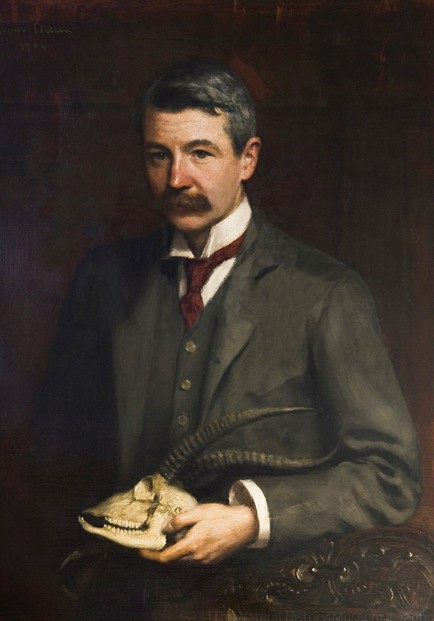
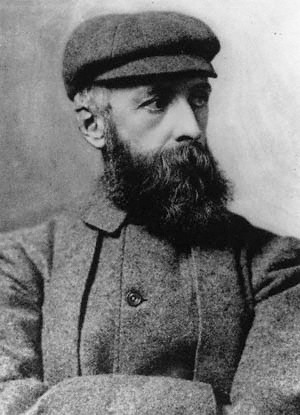
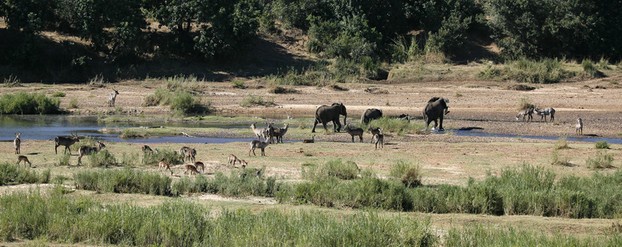
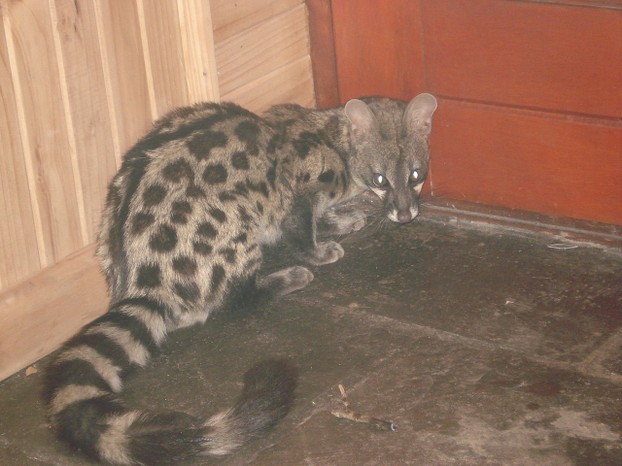
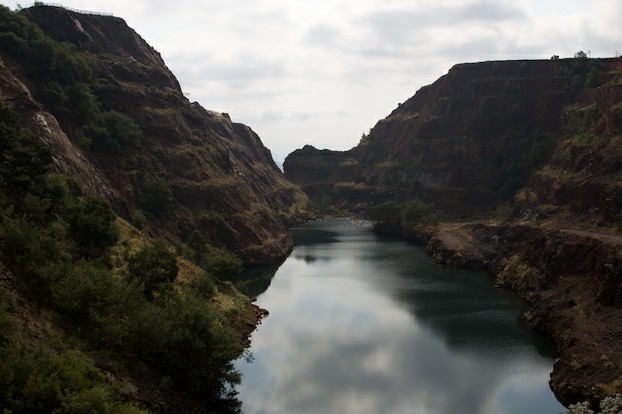
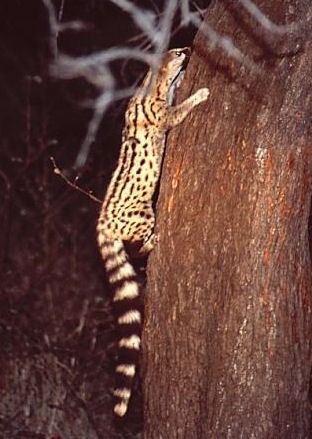
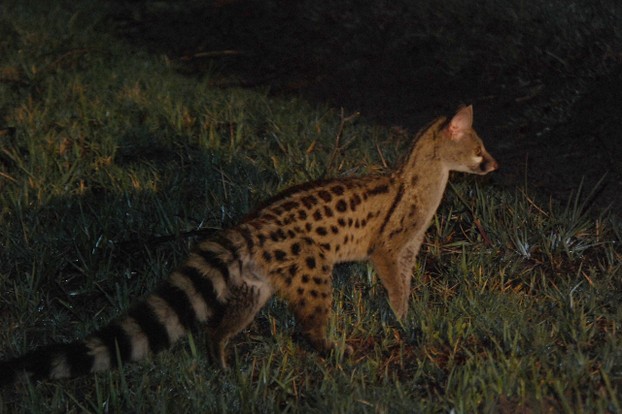
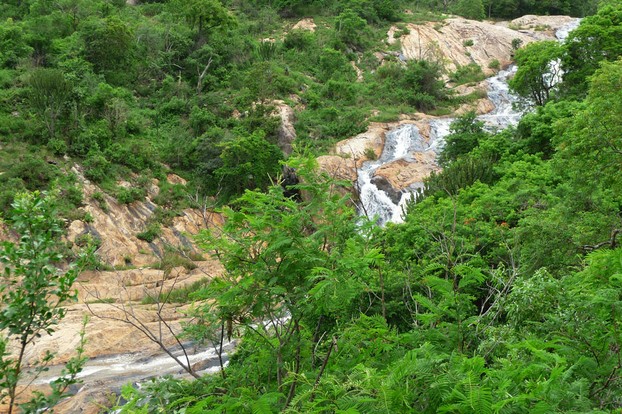
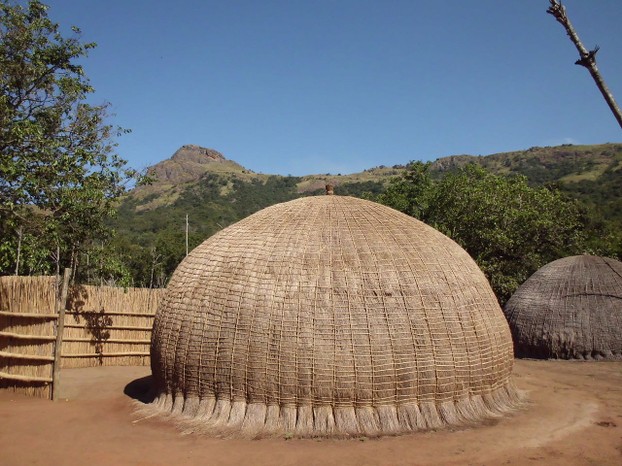
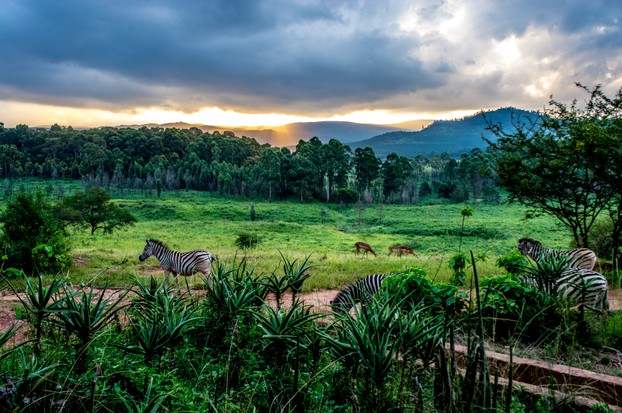



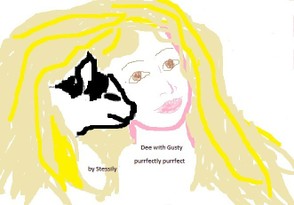


 Are Hawaiian Huakai Po Nightmarchers Avenging Halloween Thursday?on 10/02/2024
Are Hawaiian Huakai Po Nightmarchers Avenging Halloween Thursday?on 10/02/2024
 Mailing Addresses for 2023 Form 4868 Extending 1040 and 1040SR April 15, 2024, Due Dateon 04/15/2024
Mailing Addresses for 2023 Form 4868 Extending 1040 and 1040SR April 15, 2024, Due Dateon 04/15/2024
 Mailing Addresses for 2023 Forms 1040 and 1040SR Filed in 2024on 04/15/2024
Mailing Addresses for 2023 Forms 1040 and 1040SR Filed in 2024on 04/15/2024
 Mailing Addresses for 2022 Form 4868 Extending 1040 and 1040SR April 18, 2023, Due Dateon 04/13/2023
Mailing Addresses for 2022 Form 4868 Extending 1040 and 1040SR April 18, 2023, Due Dateon 04/13/2023

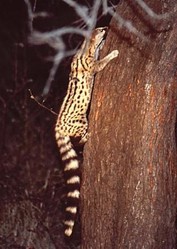
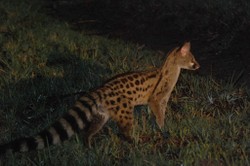
Comments